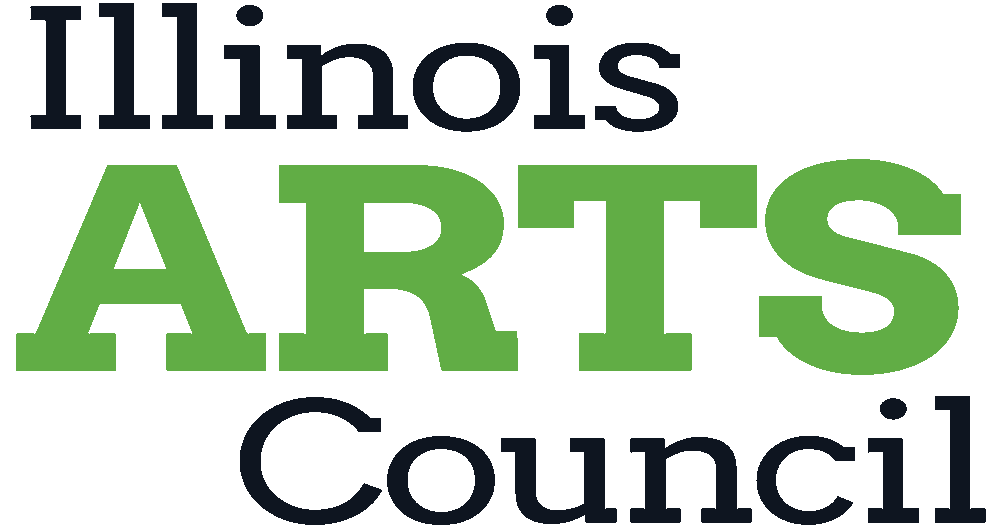Choral Music as Environmental Activism

Composer Sarah Kirkland Snider Anja Schutz
Nature has long served as inspiration for composers, from Vivaldi’s Four Seasons and Beethoven’s “Pastoral” Symphony to Olivier Messiaen’s numerous evocations of birdsong. Today, some composers are taking a new approach to this age-old muse by addressing climate change and environmental conservation in their works. Read on to learn about three contemporary choral works that are shedding musical light on these pressing issues.
Sarah Kirkland Snider: Mass for the Endangered
Recently named one of the “Top 35 Female Composers in Classical Music” by The Washington Post, American composer Sarah Kirkland Snider is a rising star on the compositional scene. Her 2018 work Mass for the Endangered has garnered high praise from prestigious outlets around the world, particularly after the release of a recording by English vocal ensemble Gallicantus in September 2020. NPR Classical named it one of the top albums of 2020, writing, “Snider must be recognized as one of today’s most compelling composers for the human voice.”
The work, scored for chamber choir and twelve instruments, was commissioned by the choir of Trinity Wall Street as part of their “Mass Re-Imaginings” project. Based on the structure of the traditional Latin Mass, it integrates text by contemporary poet Nathaniel Bellows with the liturgical Latin Mass text. “Mass for the Endangered is a hymn for the voiceless and the discounted, a requiem for the not-yet-gone,” Snider explains in her musical note. It “embodies a prayer for endangered animals and the imperiled environments in which they live,” begging forgiveness for the sins we have committed against our planet.
Take the central Credo movement. In the Latin Mass, the Credo is the affirmation of one’s belief in God and that Jesus died for our sins (beginning “I believe in one God…”). In Snider’s version, the text proclaims the belief that all animals and plants are worthy of protection (“We believe in all who are voiceless…We believe in all who are at risk.”). It then calls us to “Lay down the spear, lay down the hook, lay down the gun, the knife, the net” in a stirring declamatory soprano solo over dissonant harmonies in the lower voices and agitated strings.
You can listen to the Credo below, but I highly suggest you listen to the whole six-movemement piece, which lasts about 45 minutes. Each movement has its own music video with animations by visual artist Deborah Johnson, who has worked with such artists as Sufjan Stevens, Wilco, and Bang On A Can. The six videos, which grow in complexity with each movement, depict what Johnson calls a "Cathedral of the Cosmos" that honors animal and plant species that no longer find life on Earth sustainable.
Stacy Garrop: Terra Nostra
Stacy Garrop’s oratorio Terra Nostra may be familiar to you already. The Champaign-Urbana Symphony Orchestra, University of Illinois Oratorio Society, and Central Illinois Children’s Chorus performed the work in March 2019 at the Krannert Center for the Performing Arts. “Terra Nostra focuses on the relationship between our planet and mankind, how this relationship has shifted over time, and how we can re-establish a harmonious balance,” writes Garrop, a Chicago-based composer.
Terra Nostra, scored for four soloists, choir, children’s choir and orchestra, is divided into three parts. Part I: Creation of the World begins by telling creation myths from various cultures around the world, interspersed with the opening lines of the book of Genesis from the Old Testament. Poetry by Edna St. Vincent Millay, Percy Bysshe Shelley, and Walt Whitman then celebrates our planet in different ways. Part II: Rise of Humanity examines humanity’s achievements since the Industrial Revolution, such as train travel and flight. The mood changes with Gerard Manley Hopkin’s Binsey Poplars, which notes the detrimental effects these technological advancements have had on our planet, such as deforestation. A Dirge by Percy Bysshe Shelley sounds the arlam that the planet is in trouble.
Part III: Searching for Balance continues this plea with Lord Byron’s Darkness, which describes the disastrous effects of a volcanic eruption that blots out the sun, while Wordsworth’s The World Is Too Much With Us warns that time is running short to change our ways. The climax of the work comes with Wendell Berry’s The Want of Peace, which argues that we can restore harmony with nature if we live more simply and remember we are part of the Earth. The piece ends with a reprise of Whitman’s Blades of Grass from Part I, which echoes the sentiments of Berry’s poem with the added line “I bequeath myself to the dirt to grow from the grass I love.”
In writing this thought-provoking piece, Garrop hopes to “invite audience members to consider how we interact with our planet, and what we can each personally do to keep the planet going for future generations. We are the only stewards Earth has; what can we each do to leave her in better shape than we found her?”
Revisit the 2019 performance at Krannert below:
Robert Kyr: Earth Ritual
Earth Ritual is an environmental oratorio in three parts with music and text by composer Robert Kyr. It was commissioned by conductor Craig Hella Johnson and professional vocal ensemble Conspirare, who premiered the work in May 2022. Like Stacy Garrop’s Terra Nostra, the oratorio is in three parts (Connection, Separation, and Reconciliation), but unlike Garrop’s work, Earth Ritual tells a distinct story. In addition to the chamber choir and seven instruments, the work features two main soloists who play the roles of Alesha, a writer, and Tallis, a scientist and videographer. The two characters are drawn together by their shared love of nature and their concern for the environment. Alesha writes poetic reflections on her experience of living in beautiful canyonlands, while Tallis interviews Alesha for a film he is making about the effects of climate change on those who live in remotes areas. The story of the oratorio unfolds from there.
Kyr, who has long championed music as a tool for social and environmental activism, created Earth Ritual in direct response to the climate crisis, the effects of which are intensifying every day. Earth Ritual is Kyr’s second “environmental oratorio,” intended as a sequel to his 2007 work A Time for Life. “As our universal language, music has a crucial role to play in addressing the current environmental crisis, because it powerfully connects all of us to each other, and to our innermost beliefs and convictions,” Kyr writes. “Through a better understanding of who we truly are and the needs of our planet, we will develop a deeper commitment to living in harmony with nature, as the basis for our survival.”
You can listen to Conspirare’s premiere performance below featuring soprano Awet Andemicael as Alesha and baritone Stephen Lancaster as Tallis. The performance also features projections by projection designer Camilla Tassi. The extensive multimedia component of the work was created from a selection of photographs and videos the composer took while exploring a remote mesa canyon. Kyr writes, “These images depict the extraordinary terrains and environments within the canyon about which the vocals are singing, thus broadening the audience’s experience of the majesty and beauty of Nature that is at the heart of the oratorio.”
If you wish to hear this work performed live, you can hear the New Earth Ensemble perform it on Saturday, July 7, 2023, as part of the 2nd Annual EcoVoice Project in Chicago. More information can be found here.



